What if an IN-AE creates a group of lights with ADN-AE1 and ADN-AE2, controlling them by using just one request. The diagram shows that, it uses one request to control both of them but when I click the request example, its creates <contentInstances> one by one. Is there any example that I can control a group of resources with just one request or this is not in oneM2M's scope ?
Call flows for multiple light control are depicted in the figure below and are ordered as follows:
When the user updates a group of light states on her/his smartphone, the IN-AE creates a new contentInstance targeting a group of Light ADN-AE container resources hosted on the MN-CSE. Request shown here
For each contentInstances created successfully, the MN-CSE sends a notification to the corresponding Light ADN-AE.
---------------------- --------- EDITED -------------------------------


